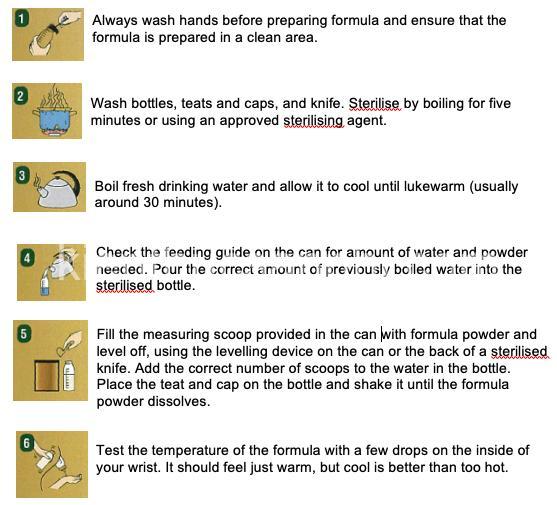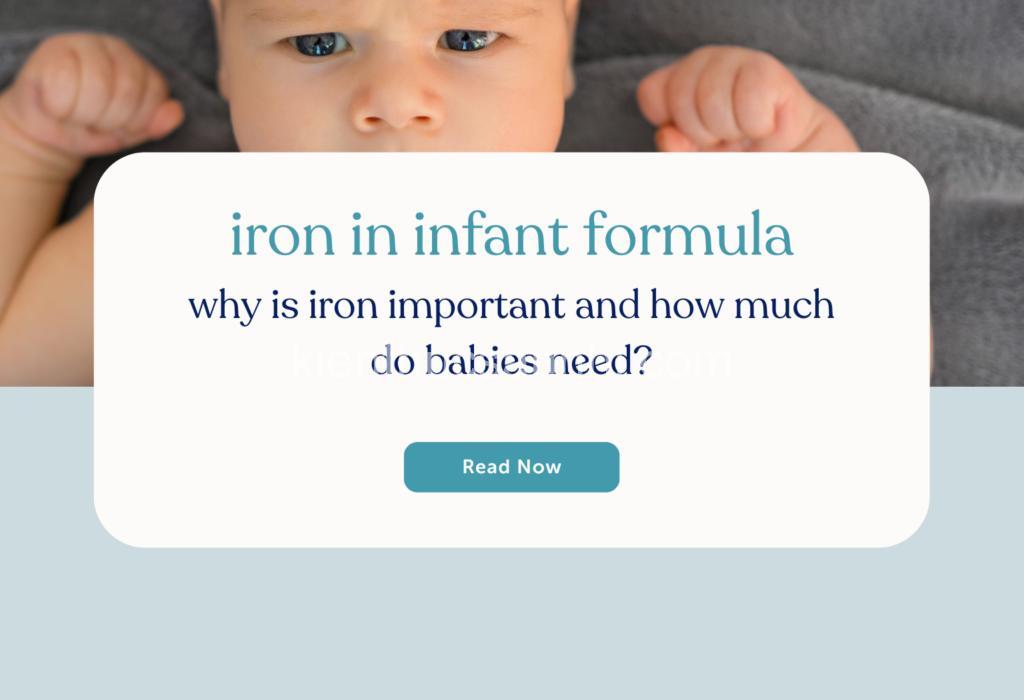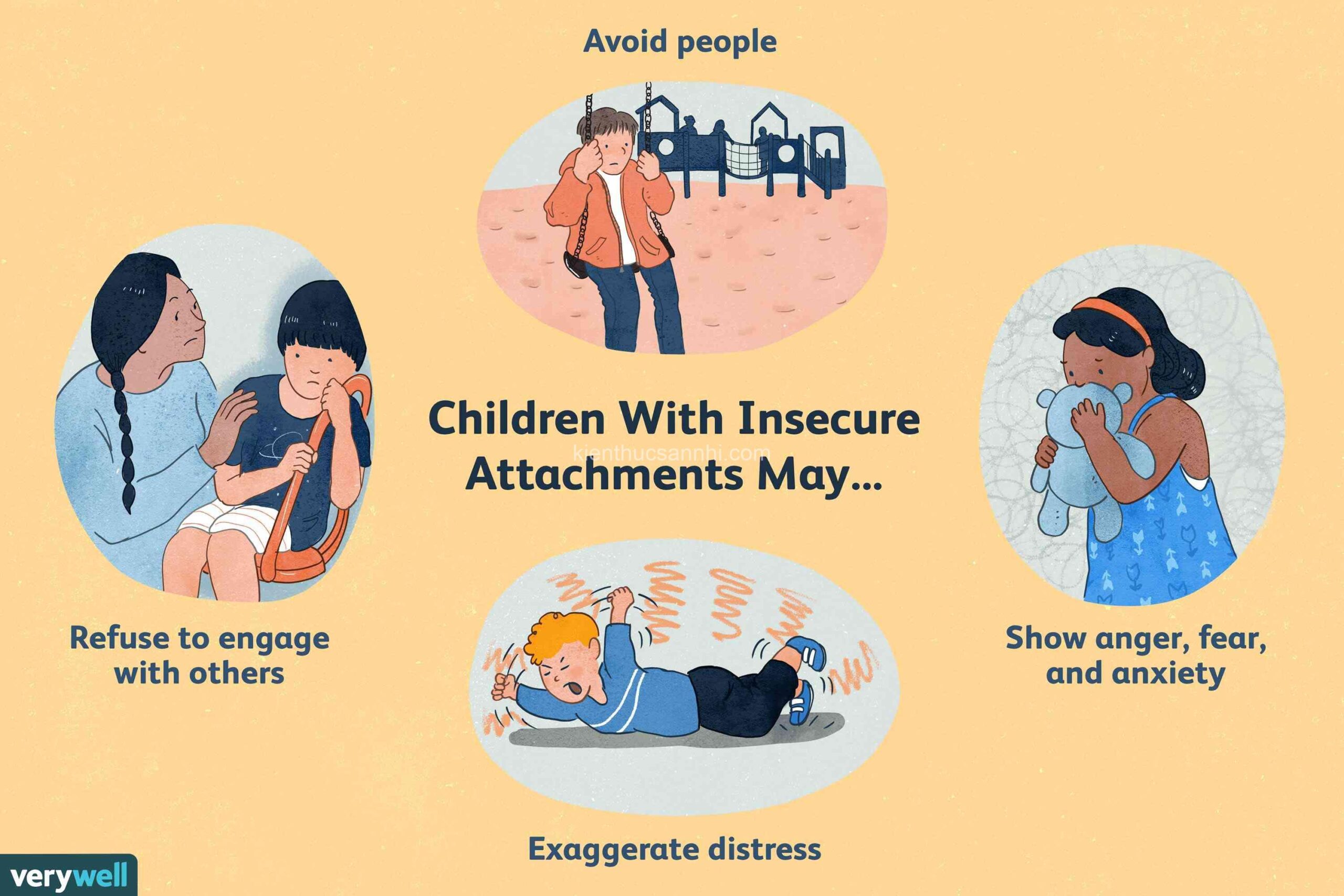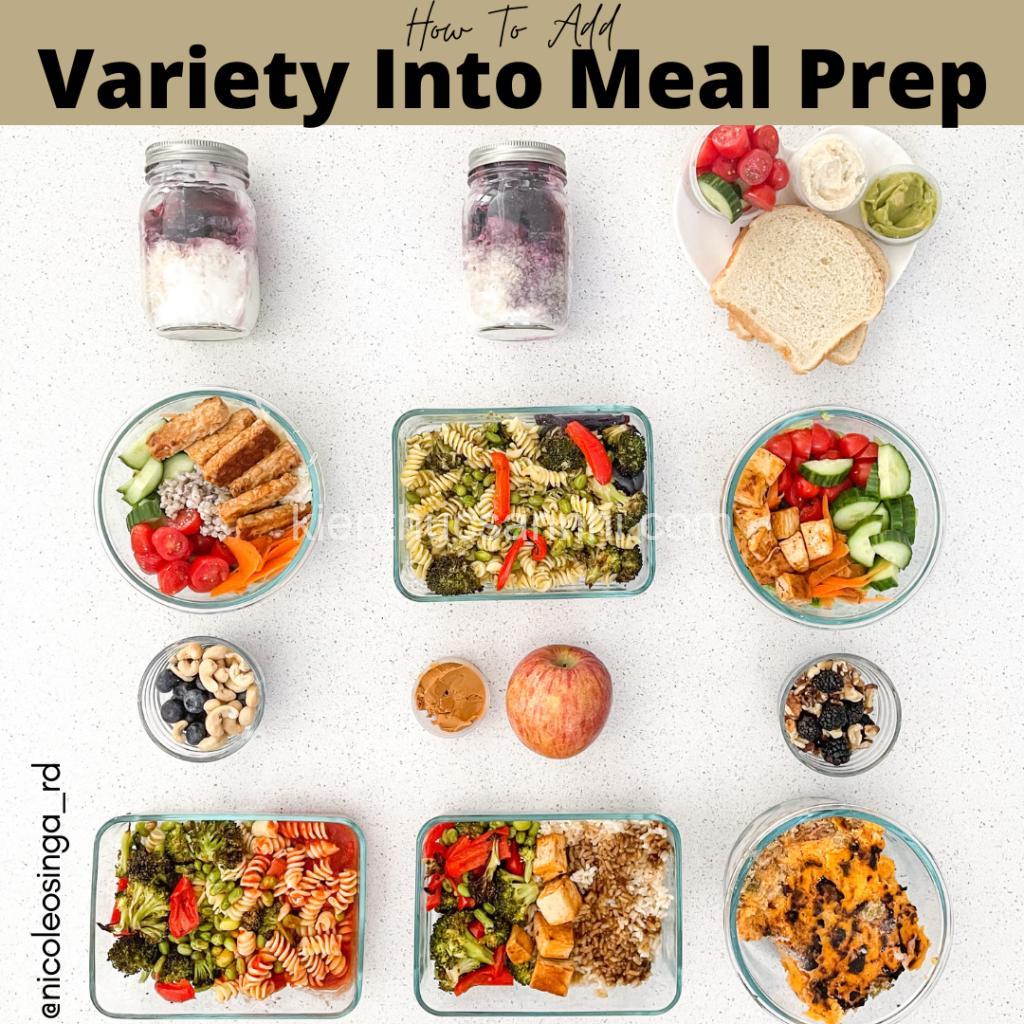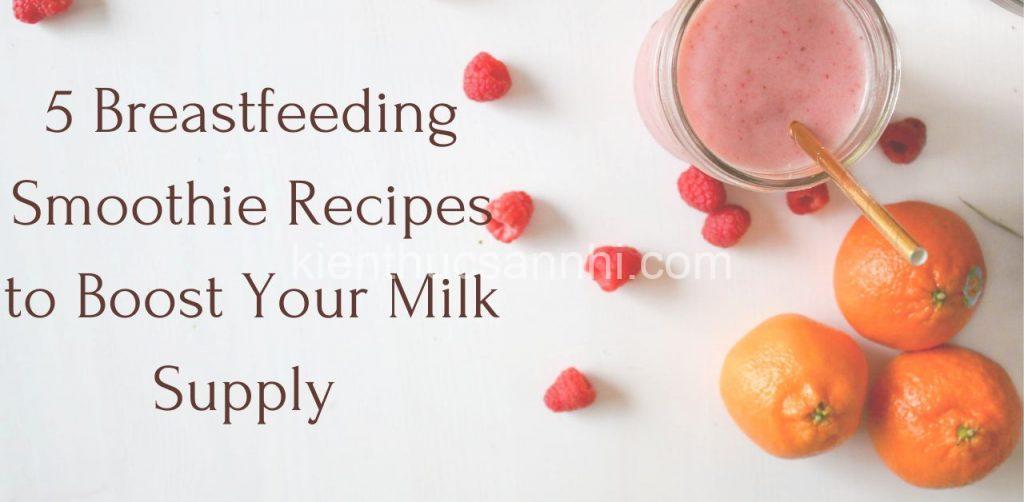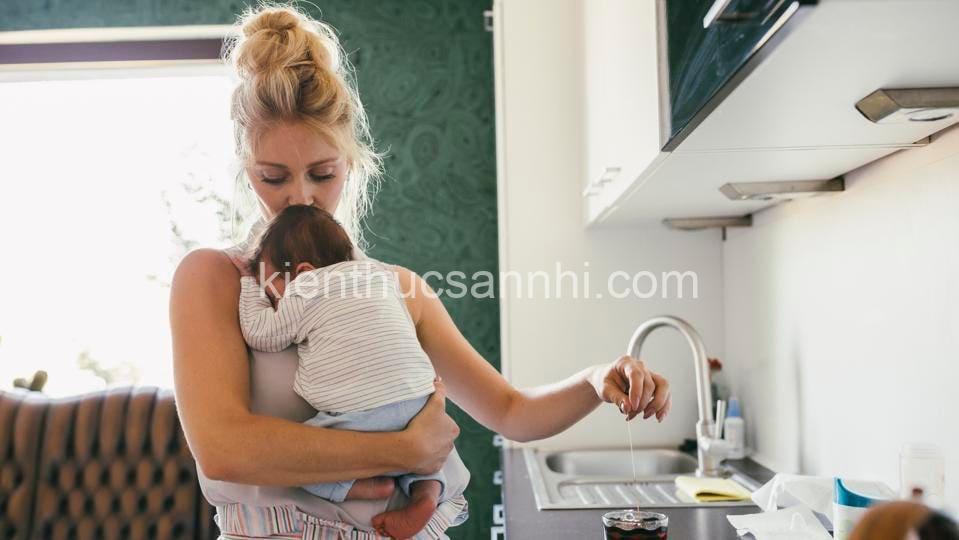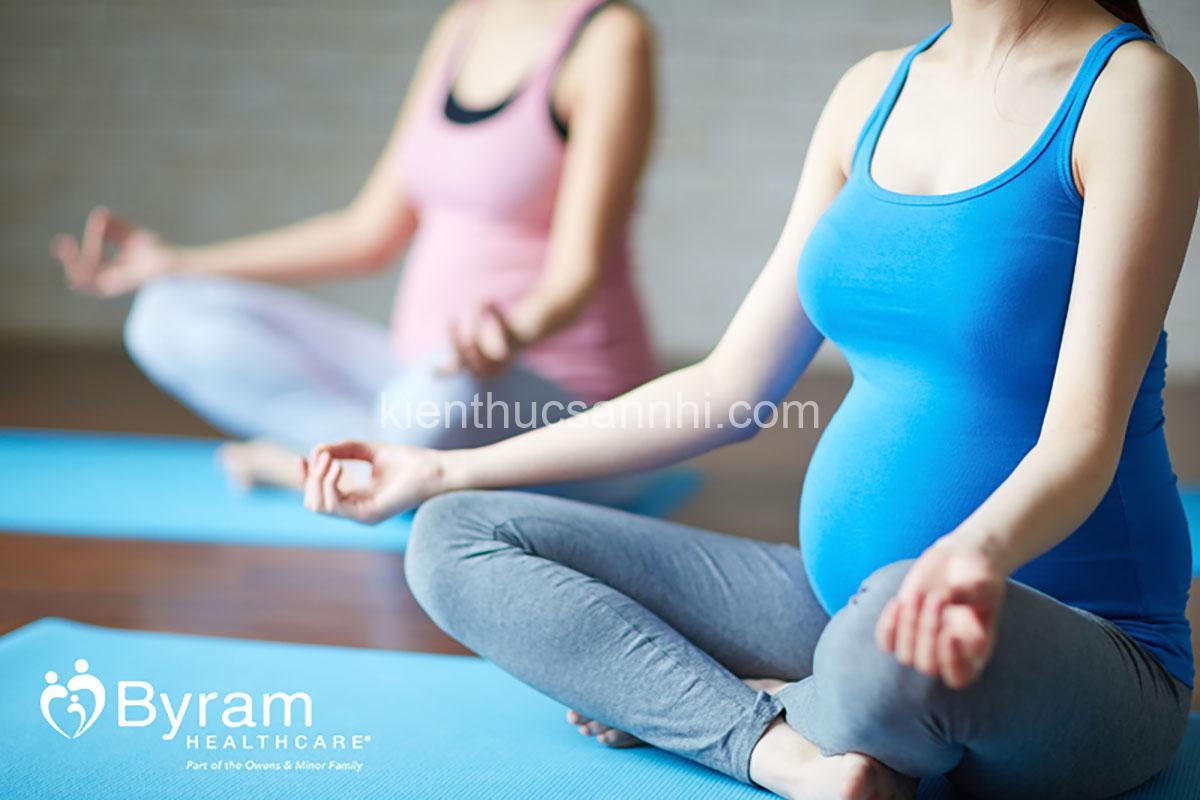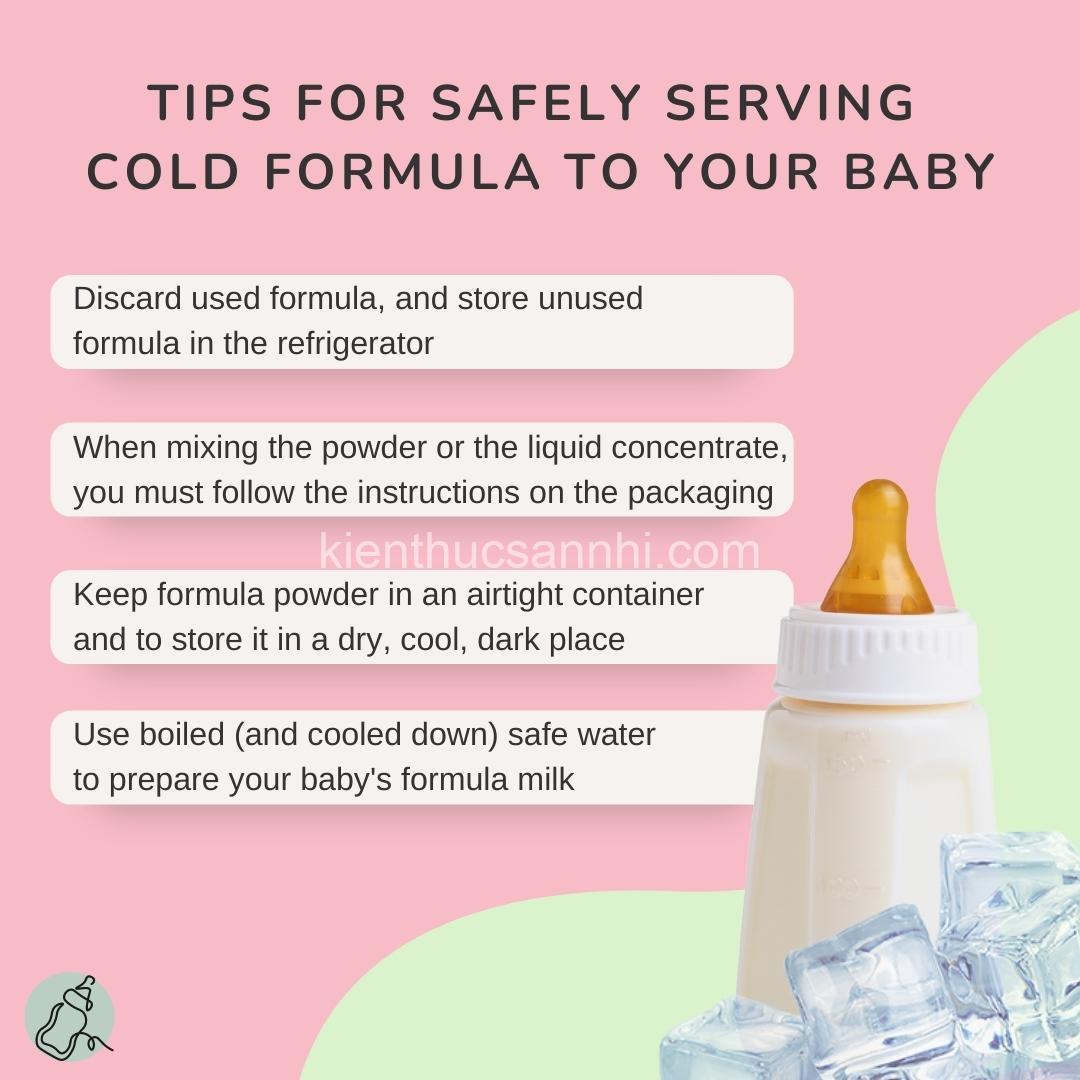
Baby Formula Temperature: How to Test & Safe Warming Methods. In today’s article, kienthucsannhi.com will explore with you in the most detailed and complete way. See now!
How to Test Formula Temperature for Baby Safety
Knowing how to correctly test formula temperature is essential for your baby’s safety and comfort. Always remember, the ideal temperature is lukewarm, similar to body temperature. You can easily test the temperature using the “wrist test” method:
- Drip a small amount of formula onto the inside of your wrist.
- Feel the formula. It should feel lukewarm, not hot or cold.
- Avoid using a thermometer. While thermometers might seem like a good idea, they can be inaccurate and break easily, potentially leading to injury.
Why is it so important to avoid feeding your baby formula that is too hot or too cold?
Feeding too hot formula can cause burns to your baby’s mouth, esophagus, and stomach. This can lead to pain, discomfort, and even long-term health issues. On the other hand, too cold formula might not be as appealing to your baby, making them less likely to finish their feed.
Remember, the wrist test is the safest and most reliable method for checking formula temperature.

Signs of Formula That’s Too Hot or Too Cold
Sometimes, it’s easy to tell if formula is too hot or too cold just by looking at it. Here are some signs to watch for:
Signs of Too Hot Formula:
- Steam rising from the bottle.
- Change in formula color. The formula might appear darker than usual.
- Bottle feeling hot to the touch. If you can feel the heat through the bottle, the formula is too hot.
Signs of Too Cold Formula:
- Formula appearing condensed or with ice crystals.
- Formula feeling cold to the touch.
- Baby showing signs of reluctance to drink. Your baby might spit out the formula or refuse to feed.
Safe Formula Warming Methods
Warming your baby’s formula is perfectly fine, but it’s crucial to do it safely. Here are some of the most popular methods:
Bottle Warmers:
- Bottle warmers are a convenient option for warming formula.
- Always follow the manufacturer’s instructions carefully.
- It’s essential to check the temperature after warming, even if you’ve used a bottle warmer.
Warm Water Bath:
- Warming formula using a warm water bath is a simple and reliable method.
- Fill a bowl or sink with lukewarm water (not hot!) and place the formula bottle inside.
- Ensure the water level doesn’t reach the bottle’s top.
- After a few minutes, gently shake the bottle to mix the formula and check the temperature before feeding.
Microwave:
- Microwaving formula is not recommended due to uneven heating and the risk of creating hot spots.
- If you must use a microwave, use a low power setting, stir well, and always check the temperature thoroughly afterwards.
Feeding Baby Formula That Is Not Warmed
While many parents prefer to warm their baby’s formula, it’s important to understand that it’s not essential. Your baby can safely drink formula that is not warmed.
Some babies prefer warmed formula, while others don’t. Pay attention to your baby’s preferences and adjust accordingly. If your baby seems happy and content drinking unwarmed formula, there’s no need to warm it.
FAQs
What are the best ways to prevent burns when warming formula?
- Always test the temperature of the formula before feeding.
- Use safe warming methods, such as bottle warmers or a warm water bath.
- Avoid microwaving formula.
- If you must use a microwave, use low power settings, stir well, and check the temperature thoroughly.
Can I use a thermometer to check formula temperature?
While thermometers can be helpful in other situations, they’re not recommended for checking formula temperature. They can be inaccurate and break easily, leading to potential injury. The wrist test is the safest and most reliable method.
Is it harmful to feed my baby formula that is too cold?
While cold formula is not harmful, it might be less appealing to your baby. Your baby may refuse to drink it or show signs of discomfort. It’s best to warm the formula to a lukewarm temperature.
Should I always warm my baby’s formula?
No, it is not necessary to always warm your baby’s formula. Some babies prefer it, while others don’t. Pay attention to your baby’s preferences and adjust accordingly.
What should I do if I accidentally give my baby too hot formula?
If you accidentally give your baby too hot formula, stop feeding immediately. Give your baby plenty of water to drink. If your baby shows any signs of burns, such as redness, blisters, or pain, seek immediate medical attention.
Conclusion
Ensuring your baby gets the perfect, comfortable feed is vital. Always remember to test formula temperature before feeding and use safe warming methods. By following these simple tips, you can ensure your baby’s safety and well-being.
For more insightful articles and information about raising your little one, visit kienthucsannhi.com. Don’t hesitate to share your thoughts and experiences with other parents by leaving comments below. Happy parenting!
EAV (Entity – Attribute – Value)
Formula – Temperature – Too hot
Formula – Temperature – Too cold
Formula – Temperature – Ideal
Formula – Warming method – Bottle warmer
Formula – Warming method – Warm water bath
Formula – Warming method – Microwave
Baby – Risk – Burn
Baby – Risk – Discomfort
Bottle – Material – Glass
Bottle – Material – Plastic
Bottle – Size – Small
Bottle – Size – Large
Temperature – Measurement – Degrees Fahrenheit
Temperature – Measurement – Degrees Celsius
Warm water – Temperature – Lukewarm
Microwave – Power setting – Low
Microwave – Power setting – High
Bottle warmer – Type – Electric
Bottle warmer – Type – Manual
Thermometer – Type – Digital
ERE (Entity, Relation, Entity)
Formula – Is warmed by – Bottle warmer
Formula – Is warmed by – Warm water bath
Formula – Is warmed by – Microwave
Formula – Can cause – Burn
Formula – Can cause – Discomfort
Baby – Is fed with – Formula
Baby – Can experience – Burn
Baby – Can experience – Discomfort
Temperature – Is measured with – Thermometer
Temperature – Is tested by – Dripping on wrist
Bottle – Contains – Formula
Bottle – Is warmed by – Bottle warmer
Bottle – Is warmed by – Warm water bath
Bottle – Is warmed by – Microwave
Warm water – Is used to – Warm formula
Microwave – Can be used to – Warm formula
Microwave – Can cause – Uneven heating
Bottle warmer – Heats – Formula
Thermometer – Measures – Temperature
Wrist – Can be used to – Test temperature
Semantic Triple (Subject, Predicate, Object)
Formula, has a, temperature
Formula, can be, too hot
Formula, can be, too cold
Formula, can cause, burns
Formula, can cause, discomfort
Baby, is fed with, formula
Baby, can experience, burns
Baby, can experience, discomfort
Temperature, is measured in, degrees Fahrenheit
Temperature, is measured in, degrees Celsius
Bottle, contains, formula
Bottle, can be, warmed
Bottle, can be, too hot
Bottle, can be, too cold
Warm water, is used to, warm formula
Microwave, can be used to, warm formula
Microwave, can cause, uneven heating
Bottle warmer, heats, formula
Thermometer, measures, temperature
Wrist, can be used to, test temperature
